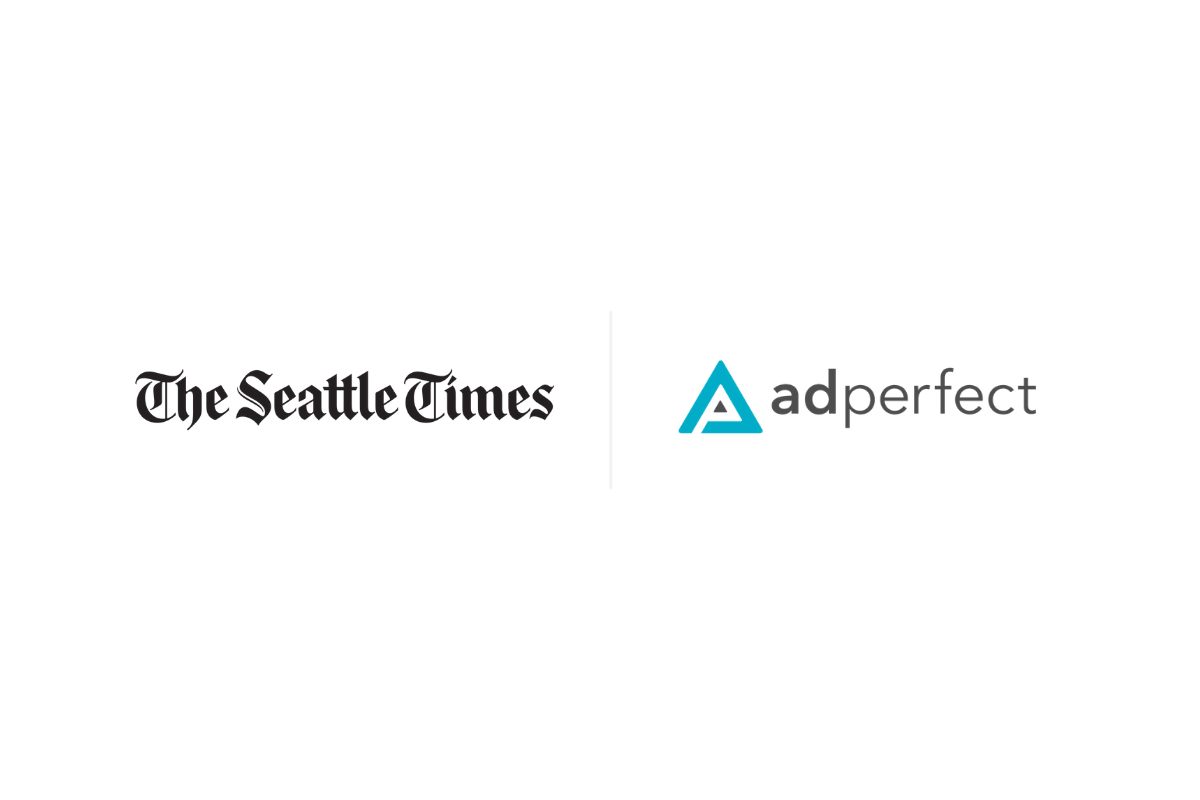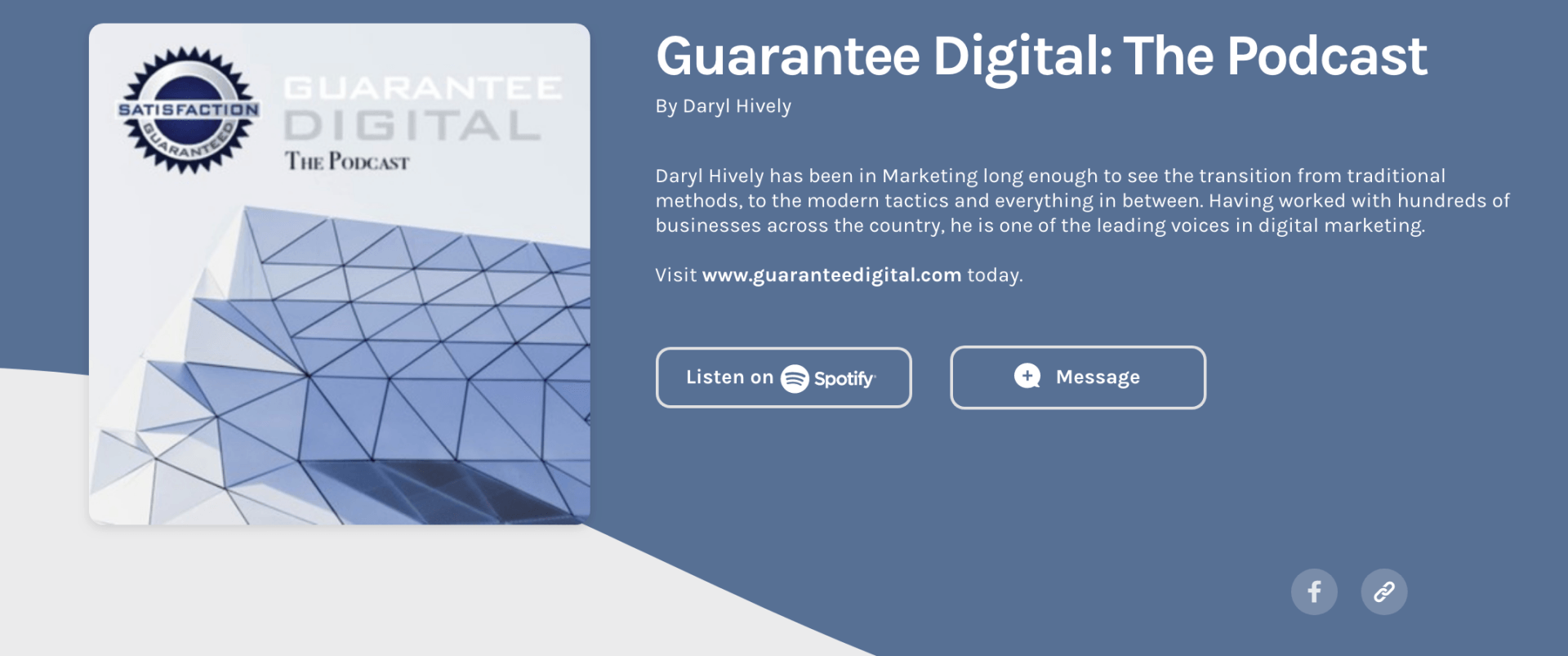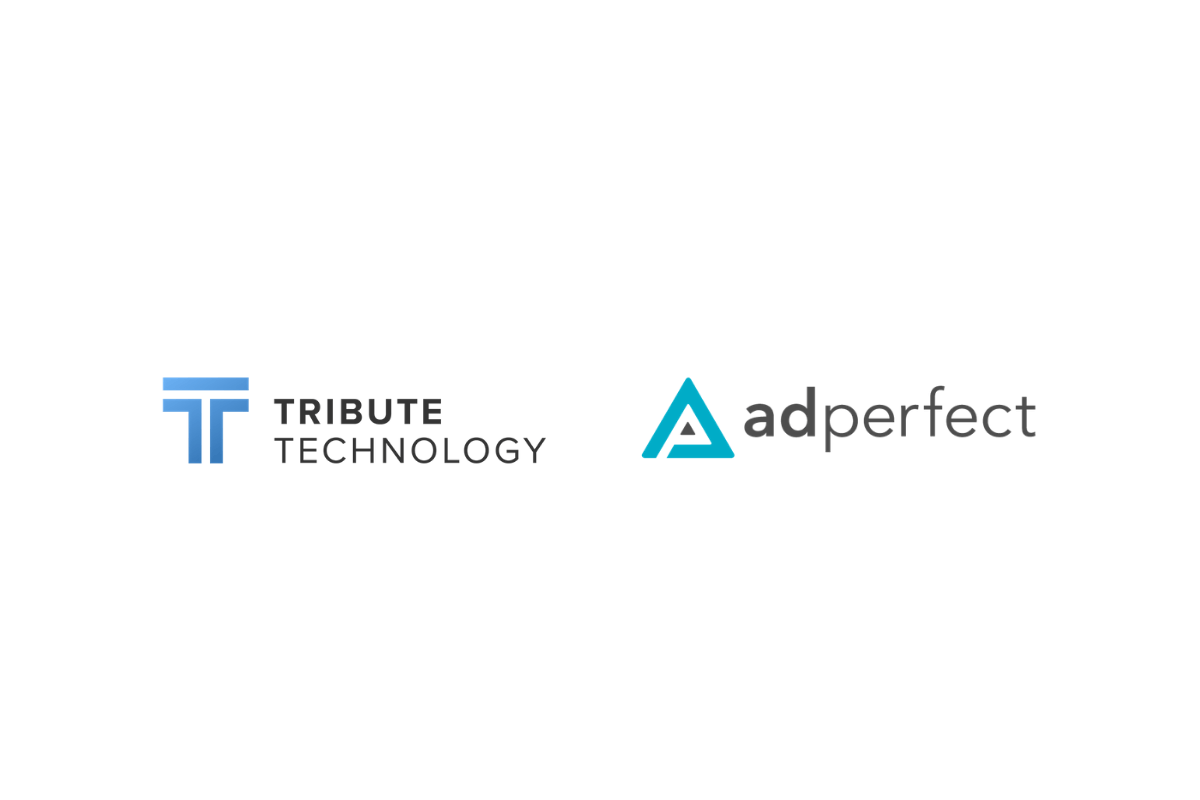The Digital Culture Matters
Many publishers are now in a race to digitally transform their businesses to better meet the changing needs and demands of their advertisers. Although there is a lot of enthusiasm, the challenge is not about getting the mobile devices, software or platforms, but how newsrooms and teams process and adapt to the new digital culture. A recent survey from Couchbase showed that 9 out of 10 digital transformations didn’t meet the needs of the business.
Servicing advertisers will always require human interaction. Technology can’t replace the human touch and with this comes the need to combine human and digital elements to communicate together.
Define the New Culture
Access to technology is not limited to the big companies and professionals anymore; thanks to software businesses, many companies are integrated in the digital world. With these developments and innovations, new strategies come into play. Company strategies also need to form updated characteristics that this new digital culture should embrace for a successful company shift. Some of these components include ensuring your staff understands being customer-focused, collaborative and transparent, responsive and agile, as well as risk-taking and innovative.
While most quote that one of the main barriers for effective digital implementations is a lack of understanding, many key decision makers actually state that culture is the most significant barrier. To remain competitive and agile in this new corporate world, developing and cultivating a digital culture is the main integral piece of the process. This new system needs to encourage information exchange, engagement and empower the team to build an in-house digital mindset. This can be accomplished by facilitating marketing and sales teams to work closely so that company messaging and engagement is consistent. At the same time, customer support and IT teams should use one feedback system to record and process how improvements could be made.
Research, Testing, Training
Many publishers sometimes might miss the importance of taking an extensive research-based approach to their digital transformation. The research approach needs to focus not only on the platform functionalities but also on the company supplying the software. As part of providing services, tech organizations ability to develop, test, improve, and deploy continuous software feature updates is increasingly important for publishers success. Imagine if payment processing failed each time an advertiser placed an ad, this would not only affect your team’s effectiveness but also significantly disturb your customer experience. Without recognizing the priority the software company gives to their platform maintenance and new investments, publishers might miss choosing the right fit within the current dynamic digital culture.
Working with companies that focus on continuous innovation is not about taking risks, but that technology allows for experimentation and in turn provide great rewards. But another effective way to research your options is to look at the knowledge, learning and training programs the company provides. Each system feature is implemented with a purpose and its necessary documentation provided for the publishers team to be comfortable in testing and trying all the options available to them. This also only works if the admins that use the platform in their daily routine are encouraged to take advantage of the insights provided to them to grow.
Technology and Communication
As much as advertisers use smartphones and mobile devices to access publisher services, so do all the employees in a company. This means that collaborative apps, such as CRMs and note taking systems, can be incorporated into the every day workflow. Allowing a centralized flow of communication and recording of data, allows to break down any hierarchical barriers between staff protecting their knowledge and position in the company. But also cultivate, through technology, a more open and transparent environment and culture.
On the one hand, internet connection is everywhere from coffee shops to general stores, which means employees can work remotely and are easily reachable if there is an emergency. This can allow for more flexible work schedules and immediate assistance to advertisers needs and inquiries. While on the other hand, if not recognized, staff will be overworked with an “always-on” mentality that technology proliferates. It is important for managers and their teams to discuss and support a healthy work-life balance as per department needs. Using technology to ask for assistance and shift changes or confirming time off days, to better monitor everyone’s work hours, will better impact attrition rates.
No matter how technology changes and grows its reach into our lives, it is still only a tool and it can have positive and negative affects into the work culture. But companies and publishers alike, need to have a clear strategy and roadmap for navigating the technology disruptions in the workplace, especially as millennials are becoming the main workforce. Mainly habits that encourage teams collaborating and using technology to efficiently communicate and try new things with positive direction, will increase the successful transitions from legacy to newer management platforms.










